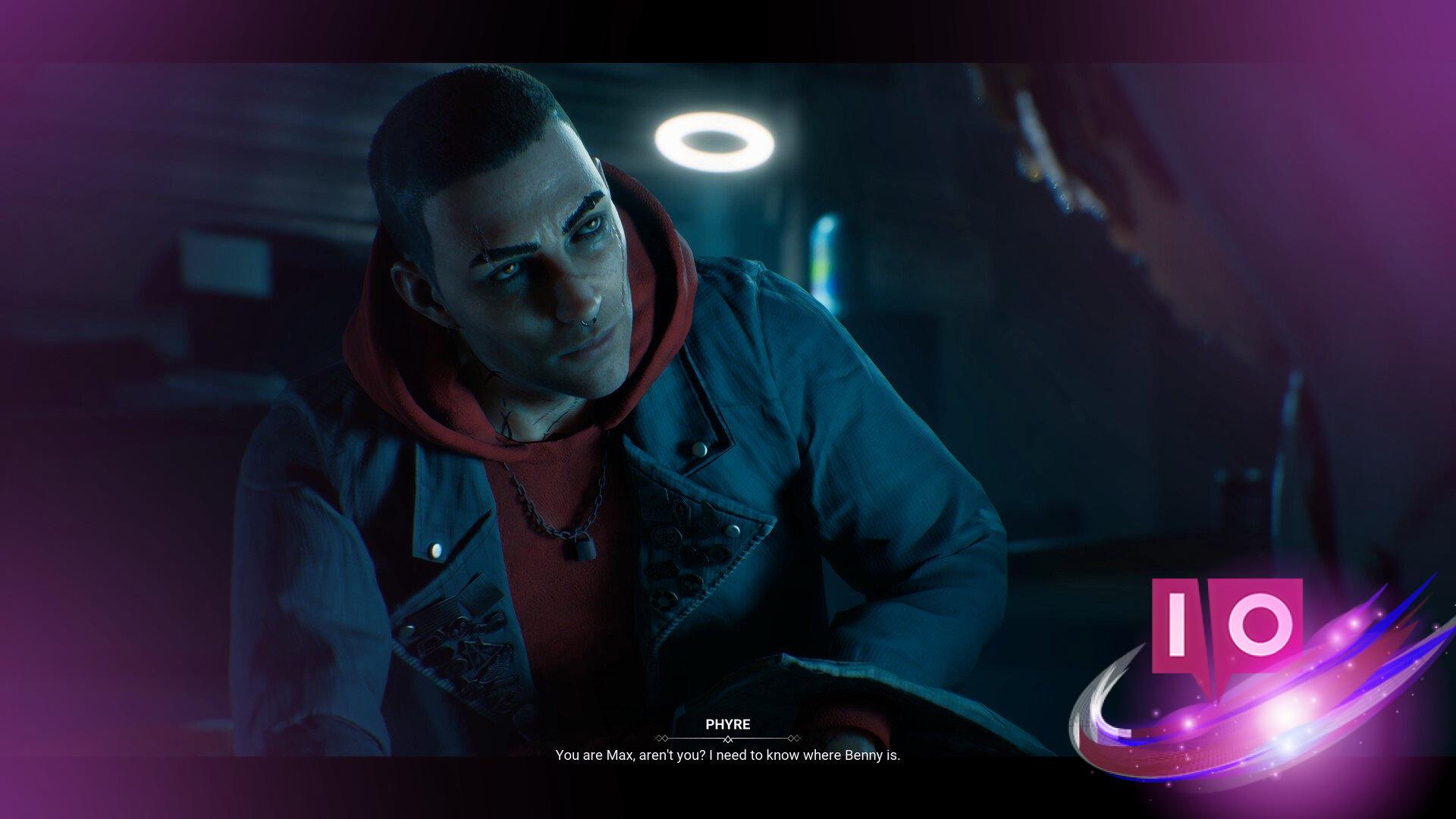Vampire: The Masquerade – Bloodlines 2 is finally here, and it offers a thrilling journey through a captivating world of vampiric intrigue. To truly enjoy this experience, you might need to adjust some graphics settings for your gaming rig to ensure optimal performance.
Having dived into the game, I’ve found that while the gameplay is generally smooth, a few adjustments can enhance the experience even further. Despite my system meeting the recommended specifications, I did encounter some stutters, making it clear that fine-tuning is necessary.
1. Essential Tips for Optimizing Graphics in Vampire: The Masquerade – Bloodlines 2
To maximize your gaming performance with Vampire: The Masquerade – Bloodlines 2, keep these essential tips in mind.
- Update your graphics card driver regularly. While Nvidia and AMD haven’t released specific updates for this game yet, checking for the latest drivers via their respective clients can prevent potential issues and enhance your system’s performance.
- For now, consider disabling V-Sync. This can lead to a significant performance boost without sacrificing much in terms of visual quality.
- If your frames per second (FPS) aren’t consistently above 90, limit it to 60. This simple step managed to eliminate the stutters I faced during gameplay, and maintaining 60 FPS is generally still very enjoyable.
2. Optimal Graphics Settings for Enhanced Gameplay
Here are the graphics settings I currently use while playing Vampire: The Masquerade – Bloodlines 2. For your reference, my setup includes an AMD Ryzen 5600G, RTX 3060 12 GB, and 16 GB of DDR5 RAM.
- Window Mode: Windowed Fullscreen
- Frame Rate Limit: 60 FPS
- Frame Rate Limit (Background): 60 FPS
- Nvidia Reflex Low Latency: On
- Nvidia DLSS: On
- Nvidia DLSS Mode: Balanced
- Quality Presets: Custom
- Global Illumination: Medium
- Shadows: High
- Anti-Aliasing: Medium
- View Distance: Far
- Texture: Medium
- Effects: High
- Reflections: Medium
- Post Processing: Medium
These settings strike a balance between stunning visuals and smooth performance, allowing me to enjoy the game without any hiccups.
3. How Do I Get Better Performance in Vampire: The Masquerade – Bloodlines 2?
What can I do if I experience lag or stutters while playing Vampire: The Masquerade – Bloodlines 2?
Start by adjusting your graphics settings, such as lowering the texture quality or capping your FPS to 60 as mentioned above. Updating your graphics drivers can also make a significant difference.
Is it worth enabling Nvidia DLSS in Vampire: The Masquerade – Bloodlines 2?
Absolutely! Enabling Nvidia DLSS can enhance performance and improve visual fidelity, allowing for sharper images without compromising frame rates.
What are some common issues players face in Vampire: The Masquerade – Bloodlines 2?
Players often report performance stutters, screen tearing, or crashes. Tuning your graphics settings and keeping your drivers updated can alleviate most issues.
How can I ensure my system is ready for Vampire: The Masquerade – Bloodlines 2?
Make sure your hardware meets or exceeds the recommended specifications, and always keep your drivers updated. Regular system maintenance, such as cleaning out unnecessary files, can also help.
In conclusion, Vampire: The Masquerade – Bloodlines 2 is an engaging experience, and with a little tweaking to your settings, you can enjoy it even more. For more information on gaming strategies and tech insights, feel free to explore additional content at Moyens I/O.
